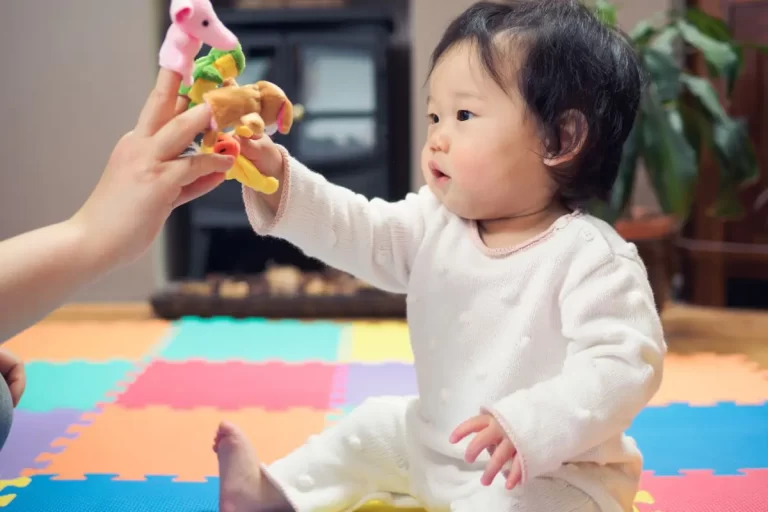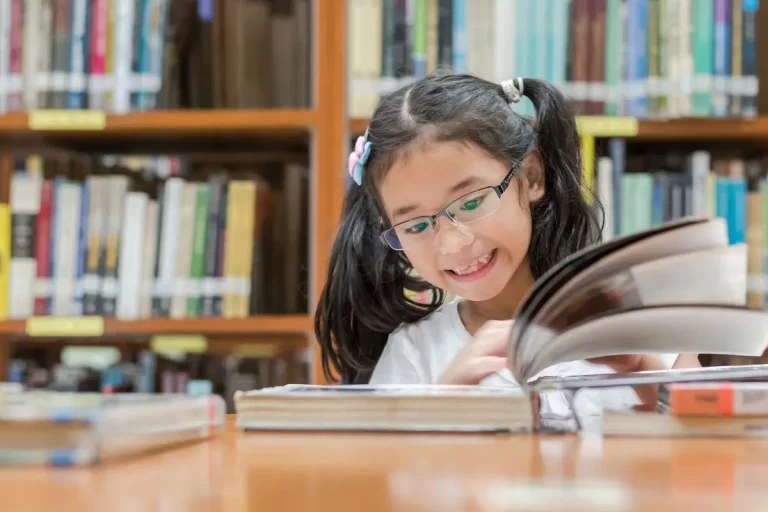Effective Parent-Teacher Communication in ESL
Navigating the path of English as a Second Language (ESL) education involves a crucial partnership between educators and parents. Clear and effective communication fosters a supportive environment for the language journey. Let’s explore how to make this collaboration fruitful.
Building Bridges with Parents
Open Lines of Communication:
Fostering open lines of communication is like laying a sturdy bridge between the classroom and home. Regular updates serve as checkpoints in a student’s language journey, offering parents insights into their child’s progress. Utilising accessible platforms, be it through emails, newsletters, or dedicated online spaces, ensures that important information reaches parents effectively, keeping them informed and engaged.
- Regular Updates: Provide regular updates on a student’s progress, achievements, and areas that may need improvement.
- Accessible Platforms: Utilize various communication channels—emails, newsletters, or even dedicated platforms—to ensure information reaches parents effectively.
Setting Expectations:
Clearly outlining learning objectives and expectations helps build a shared understanding between educators and parents. By transparently communicating the curriculum’s goals, educators empower parents to comprehend the educational landscape. This clarity enables parents to provide effective support at home, aligning efforts to maximize the impact on the student’s language development.
Collaborative Goal Setting
Inclusive Goal Discussions:
Engaging in regular parent-teacher conferences creates a collaborative space for goal-setting in a student’s language development. These discussions go beyond traditional updates, allowing both educators and parents to actively contribute to the planning of academic milestones. By aligning expectations and fostering mutual understanding, these conferences become pivotal moments in the student’s language journey.
Individualised Plans:
Recognizing the unique needs of each student, educators and parents can work together to tailor strategies for effective language development. This collaborative approach ensures that the learning plan is not only comprehensive but also personalized, addressing specific challenges and maximizing the student’s potential.
Encouraging Home Support
Providing Resources:
Equipping parents with resources for home support is akin to extending the classroom into the living room. Sharing language resources, such as recommended books, online platforms, or interactive language games, empowers parents to actively engage in their child’s language learning journey beyond school hours.
Workshop and Training Opportunities:
Conducting parent workshops or training sessions serves as a guidebook for effective support. These sessions not only provide parents with valuable insights into language development strategies but also create a sense of shared responsibility, where both educators and parents actively contribute to the student’s success.
Addressing Concerns Proactively
Timely Communication:
Addressing concerns proactively requires a commitment to timely communication. Responding promptly to any language challenges raised by parents not only resolves issues efficiently but also strengthens the trust between educators and parents, fostering a collaborative and supportive environment.
Regular Check-Ins:
Scheduled check-ins, whether through meetings or online platforms, become a continuous dialogue that prevents concerns from escalating. This ongoing communication ensures that educators and parents remain informed and involved in the student’s language learning journey, fostering a sense of shared responsibility.
Fostering a Supportive Environment
Celebrating Achievements:
Celebrating achievements, no matter how small, contributes to a positive and supportive environment. Acknowledging language milestones and improvements motivates both students and parents, creating a collaborative atmosphere where everyone feels valued and encouraged.
Cultural Sensitivity:
Recognizing and respecting cultural differences is a key element of fostering a supportive environment. Understanding the cultural context enables effective communication and collaboration between educators and parents from diverse backgrounds, creating a inclusive and culturally sensitive learning environment.
Conclusion
In the realm of ESL education, the collaboration between parents and teachers is a cornerstone for success. By establishing open lines of communication, setting collaborative goals, encouraging home support, addressing concerns proactively, and fostering a supportive environment, educators can create a holistic approach to language learning. Together, parents and teachers play pivotal roles in shaping a positive and enriching language education experience for the students. Here’s to effective communication and successful language journeys! 🌐📚






